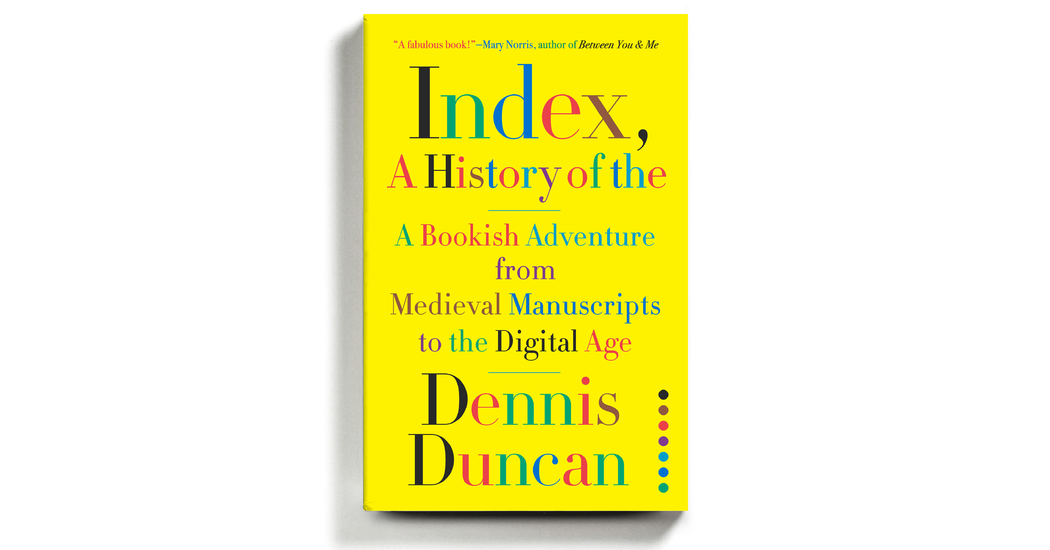
Duncan gives us several feuds that involved a weaponized index. One sterling example from the late 17th century was a pamphlet lampooning a rival scholar with an index telling readers where they might learn more about “His egregious dullness,” “His Pedantry,” “His collection of Asinine Proverbs.” Another example was wilier — a professional indexer slipped some of his own Whig sympathies into the back of a book written by a staunch Tory, including a subtly worded reference to a wild Whig conspiracy theory involving a baby and a warming pan.
That Duncan brings these old, intricate disputes to life is a testament to his gifts as a writer — imaginative but also disciplined, elucidating dense, scholarly concepts with a light touch. He also includes examples of fictional indexes in order to draw attention to the form’s peculiarities. (Duncan’s previous books include one about the Oulipo, the avant-garde group whose writers experimented with constraints, including indexes.) In J.G. Ballard’s story “The Index,” the last entry, beginning with Z, is necessarily the end of the narrative; the same goes for the index that provides the last line to Nabokov’s novel “Pale Fire” — “Zembla, a distant northern land.”
But part of what makes an index so useful is that its sequence isn’t aligned with the structure of the work it refers to at all. This incongruence, a splitting apart of content and form, is part of what used to cause so much hand-wringing: Would readers of an intimidatingly big book decide only to skim the simulacrum — the bite-size summary offered by the index — instead of immersing themselves in the real thing?
Duncan finds analogous anxieties in our Age of Search — the suspicion that by making it ever easier to access information, Google might in fact be making us lazier and dumber, allowing us to glide along the shallows instead of forcing us to venture into the depths. Duncan is less worried. “It is good for the nerves, I think, to have some historical perspective,” he writes. But he allows that our infatuation with digital search has perhaps endangered something else — the art of the index, which has traditionally borne the imprint of the human being who compiles it.
“Index, A History of the” is furnished not with one index but two. The first, which is partial, was created by commercial indexing software that spat out a “squall of entries,” including useless ones for “alas” and “all the letters.” The second was compiled by Paula Clarke Bain, a professional indexer. I don’t want to give anything away (words I never thought I’d use about an index), other than to say that its relationship to Duncan’s text is not just as a guide but also as a companion. Duncan has written such a generous book, attentive to the varieties of the reading experience, that it’s only fitting he gave Bain’s index some space to flourish, a chance to come into its own.





